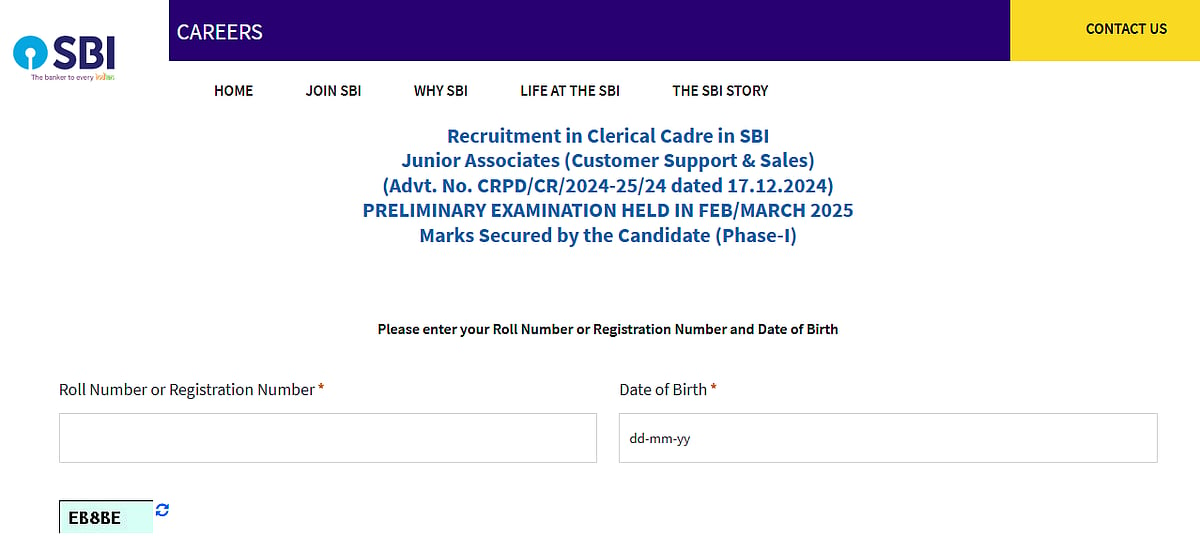The Ethiopian calendar stands as a testament to the diverse ways humanity measures time and marks important occasions. Its unique structure, based on ancient traditions and religious beliefs, continues to be a point of fascination and cultural pride. Understanding its intricacies not only sheds light on Ethiopia's rich heritage but also enriches our appreciation for the multitude of calendar systems that exist worldwide.
Introduction to Ethiopian Calendar
The Ethiopian calendar, also known as the Ge'ez calendar, stands out globally due to its significant difference from the widely adopted Gregorian calendar. This calendar, used in Ethiopia, reflects a distinct cultural and historical perspective on timekeeping that traces its roots back to ancient traditions and religious beliefs.
Historical Background
Calendars have evolved throughout human history, influenced by cultural practices, religious beliefs, and astronomical observations. The Ethiopian calendar finds its origins in a belief system that places Jesus Christ's birth in 7 BC, a departure from the Gregorian calendar's beginning at 1 AD.
Key Differences From The Gregorian Calendar
The Ethiopian calendar starts its year count from 7 or 8 years before the Gregorian calendar, marking Jesus' birth in 7 BC. In contrast, the Gregorian calendar places this event at 1 AD. This fundamental difference results in an approximate 7 to 8-year gap between the two calendars.
Structure of the Ethiopian Calendar
Year Structure:
- An Ethiopian year consists of 13 months.
- The first twelve months each have 30 days, and a thirteenth month, known as Pagume, has either 5 or 6 days, depending on whether it is a leap year.
Naming of Months:
- Each month in the Ethiopian calendar has distinct names and corresponds differently to seasons and religious festivals compared to the Gregorian calendar.
New Year and Festivals:
- Ethiopia celebrates its New Year, known as Enkutatash or Meskerem 1, on September 11 (or 12 in a leap year), while Christmas is observed on January 7, differing from the widely recognized December 25 in the Gregorian calendar.
Reasons for the Difference
The Ethiopian calendar's divergence from the Gregorian calendar primarily stems from the calculation of Jesus' birth. While the Gregorian calendar places it at 1 AD, the Ethiopian calendar dates it back to 7 BC. This theological and historical distinction has shaped the Ethiopian calendar's unique chronology.
Cultural Significance and Usage
Ethiopia's calendar isn't just a chronological tool but also a significant cultural artifact. It is deeply intertwined with religious practices, agricultural cycles, and societal events. Understanding and respecting this calendar is crucial for appreciating Ethiopian culture and traditions.
The Ethiopian calendar stands as a testament to the diverse ways humanity measures time and marks important occasions. Its unique structure, based on ancient traditions and religious beliefs, continues to be a point of fascination and cultural pride. Understanding its intricacies not only sheds light on Ethiopia's rich heritage but also enriches our appreciation for the multitude of calendar systems that exist worldwide.
Age Calculation:
- Contrary to popular belief, visiting Ethiopia or using the Ethiopian calendar does not affect one's biological age. The calendar difference is merely a matter of calculation and does not alter actual time.
Current Year:
- As of now, Ethiopia is in the year 2016 according to its calendar, specifically in the eighth month known as Miazya. This contrasts with the Gregorian calendar's current date.










